When the Gunhild-sons had killed Trygve Olafson, king in Viken (the grandson of Harald the Fairhaired), in 963, Trygve’s widow Astrid fled with her foster-father, Thorolf Lusarskeg. Astrid was pregnant with a child of King Trygve, and she went to a lake and concealed herself on a small island with a few followers. Here she gave birth to a boy, and she called him Olaf, after his grandfather. She remained there all summer, but when the nights became dark, and the days began to shorten and the weather to be cold, she travelled further with Thorolf and a few others until she reached Ofrustad, where her father, Erik Biodaskalle, lived, and they remained there during the winter. But in the spring spies were sent out by Gunhild to find the boy, and Astrid had to flee again with her son. She proceeded eastward, and at last came to her father’s friend, Haakon the Old, in Sweden, where she and her son remained a long time and were well treated. When Gunhild heard that Astrid and her son Olaf were in Sweden, she sent ambassadors to the king of Sweden with the request that the king assist them in getting hold of Olaf Trygvason, to bring him back to Norway, where Gunhild would bring him up. Astrid then determined to go with her son to Gardarike, or Russia, where she had a brother, Sigurd Eriksson, who held a high position there. Olaf ]was then three years old. As they sailed out into the Baltic, however, they were captured by vikings from Esthonia, who made booty both of the people and their goods, killing some, and taking others as slaves. Thorolf, whom they considered too old for a slave, was killed. Olaf was separated from his mother, and an Esthonian took him and a son of Thorolf as his share of the booty. The boys were sold for a stout and good ram, and a third man, called Reas, afterward bought Olaf for a good cloak. Olaf remained with Reas in Esthonia for six years (967-972), was treated well, and was much beloved by the people.
Sigurd Eriksson, the brother of Astrid, happened to come to Esthonia to collect taxes for King Valdemar (or Vladimir), king in Novgorod, Russia. In the market-place he saw a very handsome boy, and as he could see that he was a foreigner, he asked him his name and family. The boy answered that his name was Olaf, that he was a son of Trygve Olafson, and that Astrid, a daughter of Erik Biodaskalle, was his mother. Sigurd thus discovered that the boy was his sister’s son, and he bought him, and took him with him to Novgorod, He at first said nothing to the boy about their relationship, but treated him well. Olaf was then nine years old.
One day Olaf was in the market-place, where a great many people were assembled. There he saw and recognized Klerkon, who had killed his foster-father, Thorolf Lusarskeg, on the journey from Sweden. Olaf had a little axe in his hand, and with it he clove Klerkon’s skull, and then he ran home and told his uncle Sigurd what he had done. Sigurd immediately took Olaf to Queen Allogia, told her what had happened, and begged her to protect the boy. The queen took a liking to the boy, paid the fine for the manslaughter he had committed, and induced King Valdemar to admit him to his court, where he was brought up as a king’s son. Olaf remained with King Valdemar nine years (973-981).
At the age of eighteen Olaf was given ships by King Valdemar and set out on viking cruises. After a plundering visit to the island of Bornholm he came to Vendland (Pomerania), where he married Queen Geira, the daughter of King Burislav, and subdued the countries which had formerly belonged to her dominions, but had lately failed to pay her taxes. Every summer he made viking cruises, and in the winter he stayed with Queen Geira. Olaf had been three years in Vendland when Geira was taken sick and died. His grief was so great that he could not afterward stay in Vendland. He then provided himself with warships and made viking cruises to Denmark, England, Northumberland, Scotland, the Hebrides, the Isle of Man, and western France. On returning from France he was driven by a storm to the Scilly Isles, where he and all his men were baptized in the Christian faith. Afterward Olaf came to England, and married Princess Gyda, a daughter of the Irish king Olaf Kvaran. The English annals contain many references to Olaf Trygvason, and name him as chief of a fleet of nearly 400 ships which, in the year 991, harried the east coast of England and won a great battle, after which the Englishmen were compelled to pay him 10,000 pounds in silver. Three years later he again attacked the coast of England, and the English king, Ethelred, had to beg for peace and promise to pay him 16,000 pounds in silver. Olaf and his army went into winter quarters in Southampton. Soon afterward King Ethelred invited him to his home; Olaf accepted the invitation, and the two became good friends. During his stay with the king, Olaf was confirmed, and King Ethelred himself became his sponsor and gave him many precious gifts. Olaf, for his part, made a solemn vow that he would never again attack the coasts of England, a promise which he appears to have kept.
Early in the year 995 Olaf proceeded to Norway, and arrived at Throndhjem just when the peasants had risen against Earl Haakon. They made him their chief, and when the earl was dead, and his sons had fled, Olaf Trygvason became king of Norway.
Read next: What was Olaf Tryggvason famous for?
Author: Sigvart Sörensen


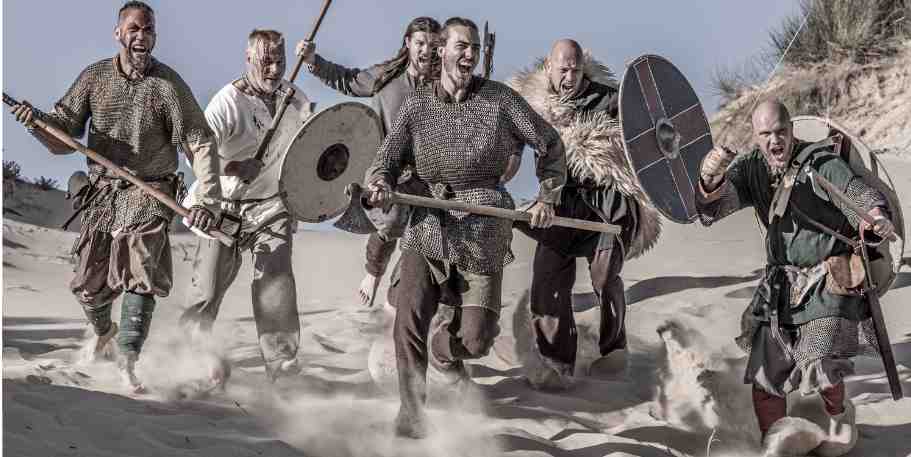

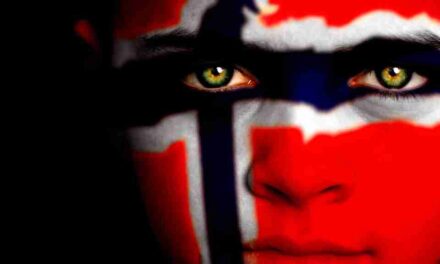
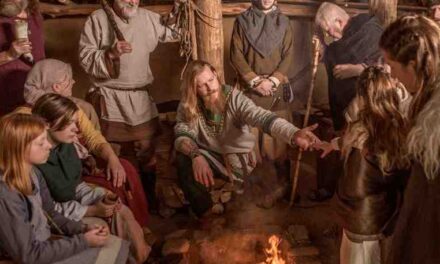
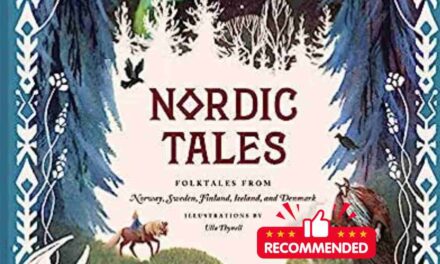





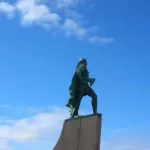



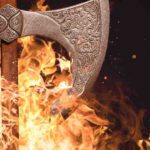
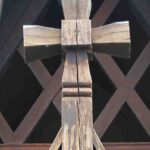
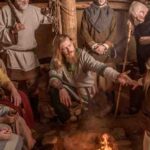
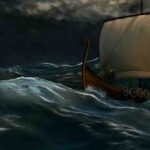
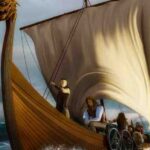
Trackbacks/Pingbacks